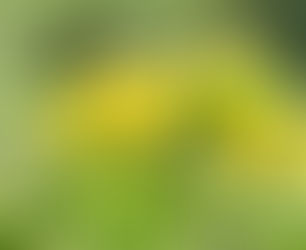QUISCO
- medgardenchile
- 17 ene
- 2 Min. de lectura
Trichocereus chiloensis (Colla) Britton et Rose
Sinónimo Echinopsis chiloensis (Colla) H.Friedrich & G.D.Rowley
Enero 2025
Endémica de Chile. Crece desde la Región de Coquimbo a la del Maule, especialmente en la cordillera de la Costa, en el valle central y en la precordillera andina. Sus flores blancas se ven en muchos sectores y jardines de La Aurora, principalmente en primavera y verano.
Puede alcanzar 8 m de altura y 2 m de diámetro. Suculenta arborescente, ramificado, con fuertes espinas, saliendo las ramas en ángulo recto para volverse luego paralelas al tronco principal.
Flores tubulares, blancas, salen del tercio distal de las ramas, siguiendo la curvatura y crecimiento de los tallos. Crecen lentamente a partir de semillas y pueden pasar seis a diez años antes de la primera floración, pero se reproducen fácilmente por esquejes.
Estos cactus viven a pleno sol, en lugares secos, por lo que requieren alta luminosidad, suelos con buen drenaje y muy poco riego. Son ornamentales gracias a sus formas columnares, que destacan frecuentemente en el paisaje y por sus flores, que abren durante el día.
QUISCO
Trichocereus chiloensis (Colla) Britton et Rose
Synonym Echinopsis chiloensis (Colla) H.Friedrich & G.D.Rowley
January 2025
(‘keess-koh) Endemic to Chile. It grows from the Coquimbo to the Maule Region, especially in the Coastal Mountain Range, in the central valley and in the Andean foothills. Its white flowers can be seen in many wild areas and gardens of La Aurora, mainly in spring and summer.
It can reach 8 m in height and 2m in diameter altogether. Arborescent, branched succulent with strong thorns, the branches coming out at right angles and then parallel to the main trunk.
The flowers are tubular, white, rising out of the distal third of the branches, following the curvature and growth of the stems. The plants grow slowly from seed and can take six to ten years before the first flowering, but are easily reproduced from cuttings.
These cacti thrive in full sun, in dry areas, requiring high luminosity, well-drained soils and very sparse watering. They are ornamental due to their columnar shapes, which are a frequent feature of the local landscape and because of their flowers, which open during the day.
Fuente / Source: Flora nativa de valor ornamental. Chile Zona Centro.
P. Riedemann & G. Aldunate. Ediciones Jardín Botánico Chagual. 2014
Photos and text updated by Bruce Cassels as usual...












































































Comentarios